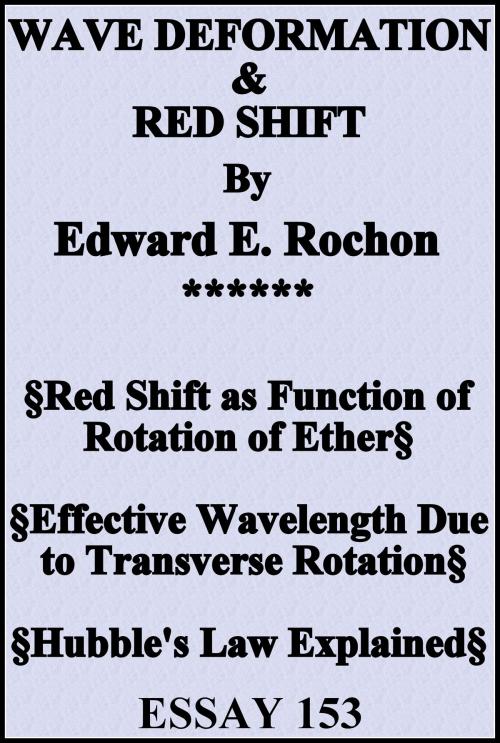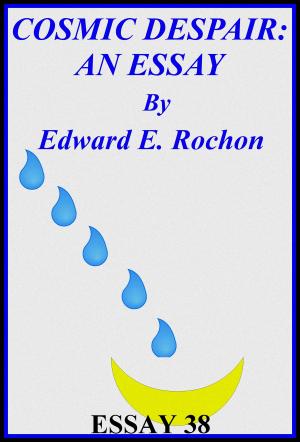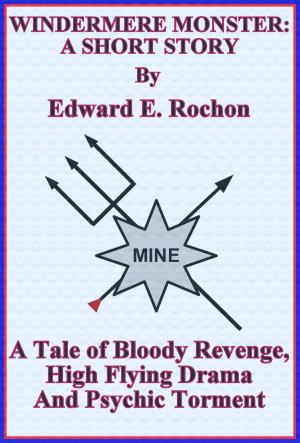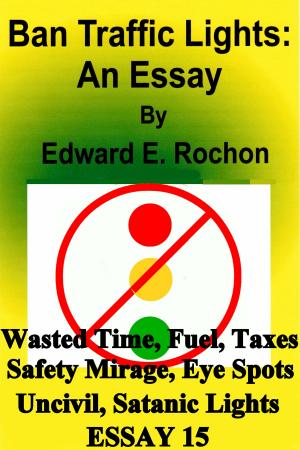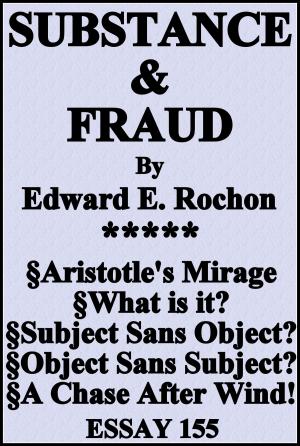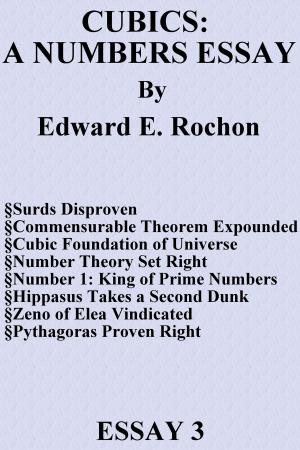Wave Deformation & Red Shift
Nonfiction, Science & Nature, Science, Physics, Waves & Wave Mechanics, Astronomy| Author: | Edward E. Rochon | ISBN: | 9780463315521 |
| Publisher: | Edward E. Rochon | Publication: | September 7, 2018 |
| Imprint: | Smashwords Edition | Language: | English |
| Author: | Edward E. Rochon |
| ISBN: | 9780463315521 |
| Publisher: | Edward E. Rochon |
| Publication: | September 7, 2018 |
| Imprint: | Smashwords Edition |
| Language: | English |
A preface discusses problems of chain of causation (Deist or natural law) in conflict with logic. We support Occasionalism (one cause) and a chain of effects in nature by observation. We briefly discuss the content of the essay as noted by the following. Chapter 1 condemns fictitious forces. Modern physics thinks centrifugal force is fictitious. We see Newton's 1st Law of Inertia as unproven, unprovable and not consistent with the facts, in favor of Impetus. We deem centripetal force to be fictitious, not centrifugal force. As in past essays, we emphasize push forces in physics, dispute any logic or reason for attractive forces, explain pulling forces as a type of transformation of angular momentum. Pull is in fact push. We accept absolutes of space and time and deem relativity fictitious as defined today in physics. We define Impetus as a Circle/Ellipse problem. Seeing the quiescent energy state as a circle, the transfer of energy creates eccentricity in that state to store and pass on energy. We discuss the merry-go-round problem of vector forces acting upon the rider, and why the rider's body misreads the vectors acting upon him. We reject all Einstein's notions of relativity, note it is inconsistent with the Doppler Effect. Chapter 2 discusses a moving ether in the absolute sense of a breeze rather than an object passing through a static medium. We question whether a moving medium changes light velocity. We conclude it does not, except perhaps in cases where it changes the temperature, density or form of the atoms. This is prefatory to my explanation of Hubble's Law. Chapter 3 covers the red shift of the cosmos. We see the solar system, galaxies and clusters rotating. Why not the entire physical universe? And that so, how does that affect the red shift? Our ether is lightweight in terms of density and size. We see the planets dragging the ether and not the ether dragging the planets, unlike the hydraulics effect of Descartes' supposition. It reconciles the motions of the planets with a rotating mass of dark matter (ether), see it as fluid and locally controlled by powerful gravitational forces, while still tending to speed up toward the outer edges of the physical universe. Studying how a transverse velocity of ether would affect light, we conclude that an Effective Wavelength would result that makes the eye and camera see a red shift. The actual or absolute frequencies stay the same, but a crooked path between crests due to the ether wind, creates a longer effective period that produces the required longer wavelengths to explain the red shift. We use Huygens' view of propagation of waves, and maintain that for biological and chemical reasons, we can only see points or loci on a wave front. We never see the actual wave fronts, but only loci on the front both as a matter of physics and of our sensing devices. So while the absolute wavelengths remain the same, we effectively see a longer wavelength due to this effect.
A preface discusses problems of chain of causation (Deist or natural law) in conflict with logic. We support Occasionalism (one cause) and a chain of effects in nature by observation. We briefly discuss the content of the essay as noted by the following. Chapter 1 condemns fictitious forces. Modern physics thinks centrifugal force is fictitious. We see Newton's 1st Law of Inertia as unproven, unprovable and not consistent with the facts, in favor of Impetus. We deem centripetal force to be fictitious, not centrifugal force. As in past essays, we emphasize push forces in physics, dispute any logic or reason for attractive forces, explain pulling forces as a type of transformation of angular momentum. Pull is in fact push. We accept absolutes of space and time and deem relativity fictitious as defined today in physics. We define Impetus as a Circle/Ellipse problem. Seeing the quiescent energy state as a circle, the transfer of energy creates eccentricity in that state to store and pass on energy. We discuss the merry-go-round problem of vector forces acting upon the rider, and why the rider's body misreads the vectors acting upon him. We reject all Einstein's notions of relativity, note it is inconsistent with the Doppler Effect. Chapter 2 discusses a moving ether in the absolute sense of a breeze rather than an object passing through a static medium. We question whether a moving medium changes light velocity. We conclude it does not, except perhaps in cases where it changes the temperature, density or form of the atoms. This is prefatory to my explanation of Hubble's Law. Chapter 3 covers the red shift of the cosmos. We see the solar system, galaxies and clusters rotating. Why not the entire physical universe? And that so, how does that affect the red shift? Our ether is lightweight in terms of density and size. We see the planets dragging the ether and not the ether dragging the planets, unlike the hydraulics effect of Descartes' supposition. It reconciles the motions of the planets with a rotating mass of dark matter (ether), see it as fluid and locally controlled by powerful gravitational forces, while still tending to speed up toward the outer edges of the physical universe. Studying how a transverse velocity of ether would affect light, we conclude that an Effective Wavelength would result that makes the eye and camera see a red shift. The actual or absolute frequencies stay the same, but a crooked path between crests due to the ether wind, creates a longer effective period that produces the required longer wavelengths to explain the red shift. We use Huygens' view of propagation of waves, and maintain that for biological and chemical reasons, we can only see points or loci on a wave front. We never see the actual wave fronts, but only loci on the front both as a matter of physics and of our sensing devices. So while the absolute wavelengths remain the same, we effectively see a longer wavelength due to this effect.
